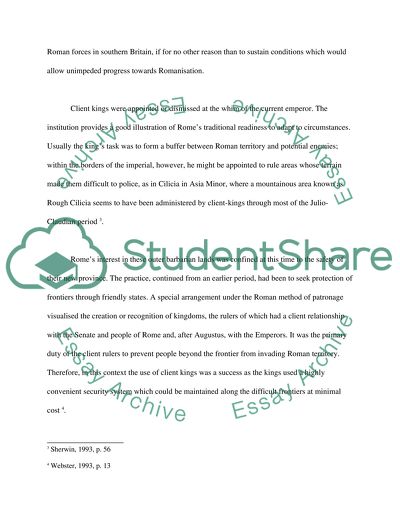Cite this document
(Client Kings and Kingdoms Coursework Example | Topics and Well Written Essays - 1750 words - 1, n.d.)
Client Kings and Kingdoms Coursework Example | Topics and Well Written Essays - 1750 words - 1. https://studentshare.org/history/1540569-roman-britain
Client Kings and Kingdoms Coursework Example | Topics and Well Written Essays - 1750 words - 1. https://studentshare.org/history/1540569-roman-britain
(Client Kings and Kingdoms Coursework Example | Topics and Well Written Essays - 1750 Words - 1)
Client Kings and Kingdoms Coursework Example | Topics and Well Written Essays - 1750 Words - 1. https://studentshare.org/history/1540569-roman-britain.
Client Kings and Kingdoms Coursework Example | Topics and Well Written Essays - 1750 Words - 1. https://studentshare.org/history/1540569-roman-britain.
“Client Kings and Kingdoms Coursework Example | Topics and Well Written Essays - 1750 Words - 1”. https://studentshare.org/history/1540569-roman-britain.


